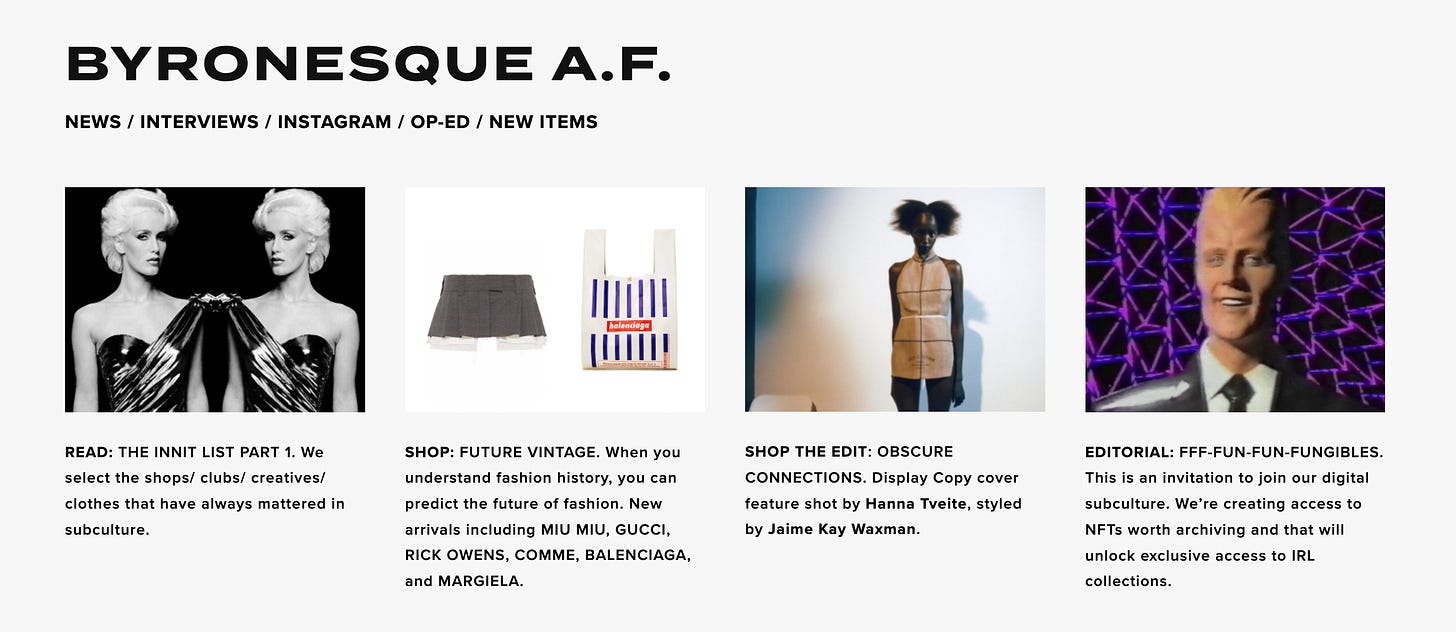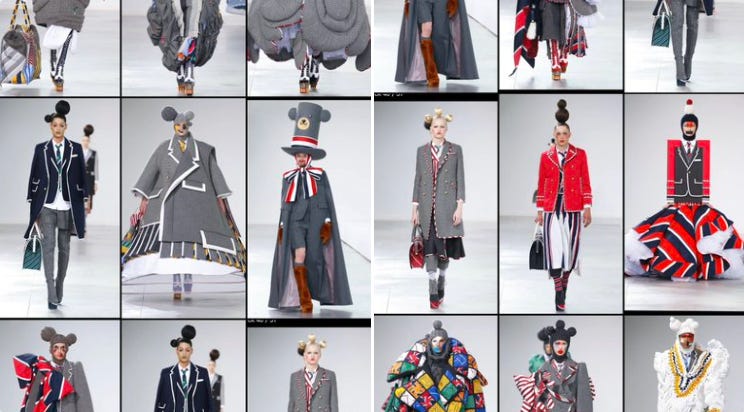Welcome to the Sociology of Business. Sociology of Business now offers a paid membership program. Paid options are for the members of this community who want to be the first to access everything from Web3 brand-building to the new business models and emerging creative formats. Since its inception, the Sociology of Business has been the source code for many other analyses, strategies and brand-building approaches. Members will now have the front-row seat. If you are not yet subscribed, join the community by subscribing below and joining the Sociology of Business Discord. You can find my book, The Business of Aspiration on Amazon and you can find me on Instagram and Twitter. For those new here, in my last analysis, Intro to community commerce, I explored how to bring social commerce to retailers’ websites and what the new consumer journey looks like.
Once upon a time, when an item sold too well or too quickly, a luxury brand would discontinue it. Hermès is still doing it, but examples are dwindling. In the visual culture of luxury, it doesn’t even matter - photos of rare Birkins are everywhere all at once. To participate in luxury culture, a person does not even need to participate in the luxury market. They can own, share and trade in luxury images. As the scenarios outlined below show, luxury’s migrating towards ever more imaginary - literally and figuratively - from bizarrely imaginative designs that are bound to do well on TikTok to images that are consumed as the real thing. This migration doesn’t come as a surprise: memes, references, recontextualization and cultural symbols are Internet’s language that got to dominate culture as well. These new formats gave rise to even newer formats - performances, resales, shared closets and sartorial weirdness - that turn luxury into commerce via culture.
The four scenarios are outlined after the jump.
Gill Linton is the CEO and Editor-in-Chief of Byronesque, a seller of vintage designer clothing with a point of view. We met at the end of 2019, through my book, and had a conversation that I still remember. Gill introduced me to terms “future vintage” and “contemporary vintage” to describe items that are more recent designs (the latter) or that are unique enough to be considered more valuable with time (the former). Just like her brand, Gill is knowledgeable about the history, meaning and importance of the culture and the context that surrounds fashion creativity. Unlike resale sites that are optimized for best prices, highest turnover, and quick customer acquisition, Byronesque is proudly curatorial, proudly niche, and proudly punk. Listen to my conversation with Gill here and follow Byronesque’s Insta here.
Sartorial weirdness. On Balenciaga’s Instagram, a few weeks back there was a series of photos titled “All or nothing” and credited to Raphael Bliss, who has been collaborating with Balenciaga for the past few seasons. In “All of Nothing,” the everyday becomes otherworldly, and the same intention is visible in JW Anderson’s balloon dress worn recently by Emma Corrin. Or Thom Browne’s recent FW 2022 fashion show, where gray flannel suit stretched the limits of both semantics and design. Notable designs are freaky, smart, bizarre, kitschy and very alive - and they herald the end of the era of the romantics, encapsulated by Gucci, and beginning of the punk era, captured by Balenciaga. Other brands that are standard-bearers of sartorial weirdness are Schiaparelli, Christopher Kane, and oldies Rick Owens and Vivienne Westwood. Keywords: vulgarity, ugliness and humor.
The future of web3 fashion is not Second Life. It’s Polyvore. Web3 lets consumers put together closets, fractionally own them, treat them as alternative assets, collectively use them and sell them. Influencers’s closets can be rented or resold, or both. Brands can put together their seasonal closets and rent them or sell them to groups buying together. Ditto for retail aggregators. Depop is showing us how this future can unfold if overlaid with group buying, shared ownership, and fractionalized investment. On Depop, consumers buy looks and closets, not individual items. The role of influencers and stylists is only increasing in importance as the ultimate closet curators. Creativity, point of view, taste, curatorial acumen and stylistic savvy are new units of consumption. Keywords are group buying and shared ownership.







